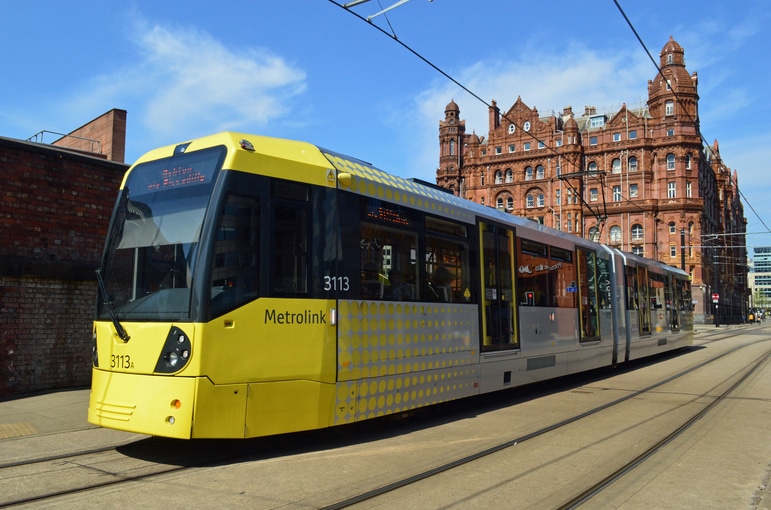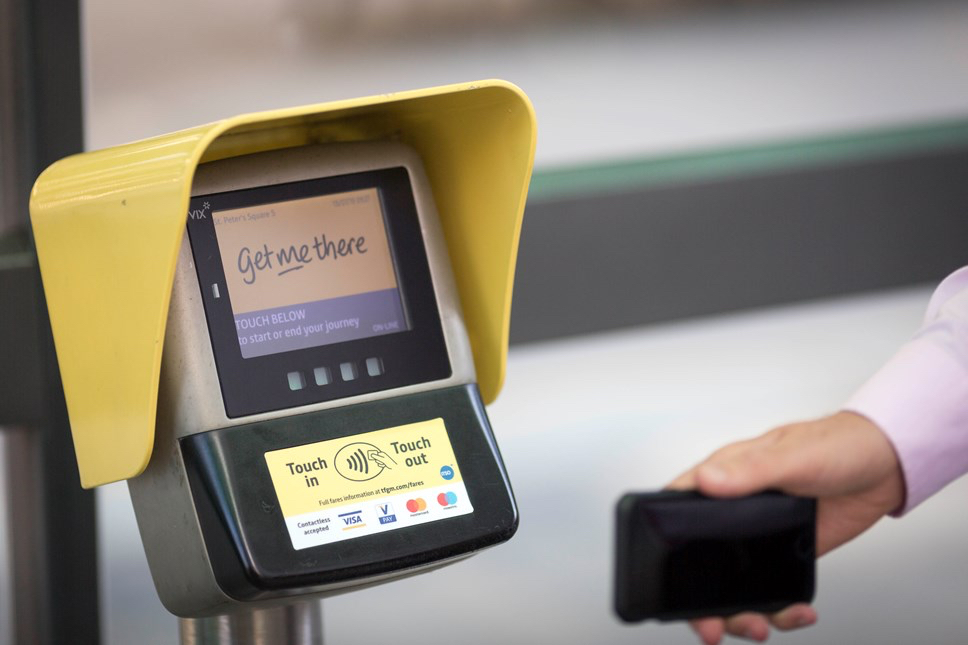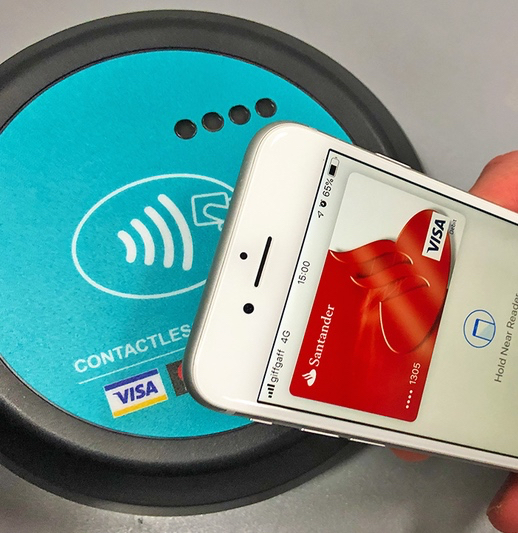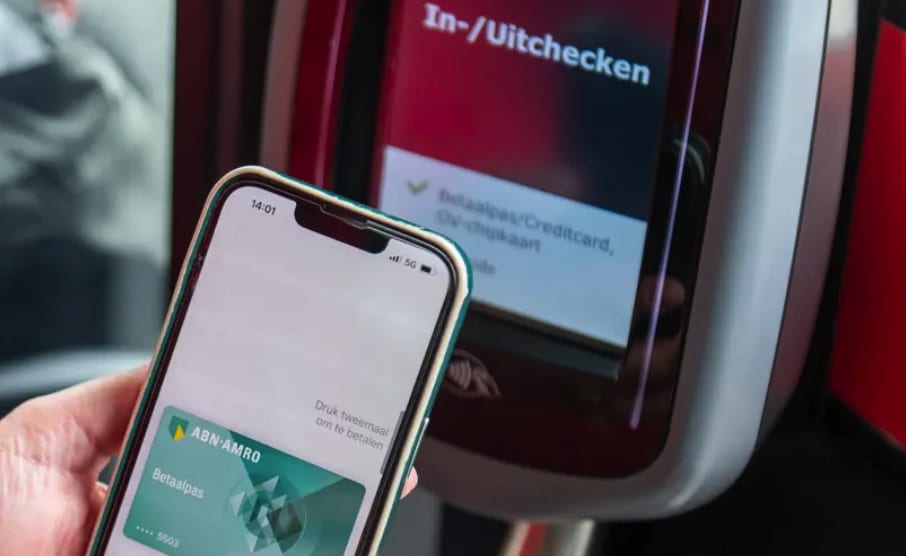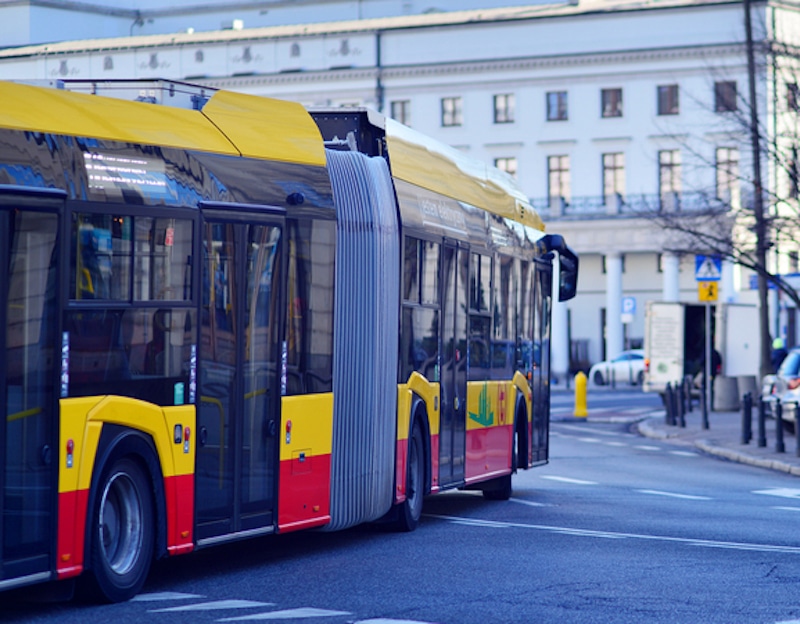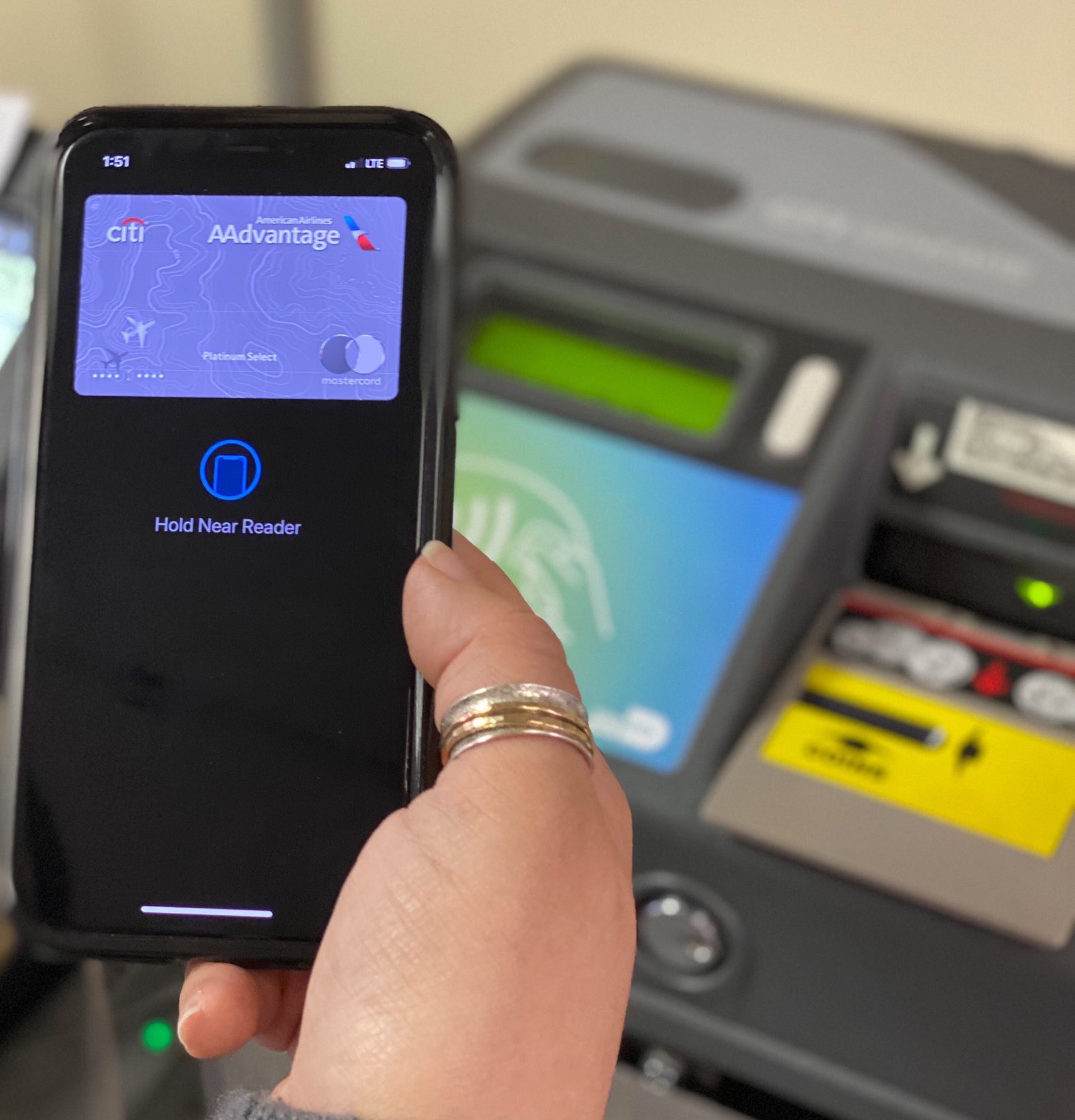
Article Highlights
Take-up of contactless payment of fares has been slow so far, according to figures provided by the Miami-Dade Department of Transportation and Public Works to NFC Times. That stands in contrast with the much faster take-up that UK transit officials in Manchester saw after launching contactless payments on their own light rail network last summer.
DTPW said it had handled only a total of around 23,700 transactions for roughly the first four months of the contactless service. That is less than one-half of 1% of total transactions on Miami-Dade’s two-line Metrorail service
• Miami-Dade Dept. of Trans. and Public Works
• Transport for Greater Manchester
• Cubic Transportation Systems
(This premium article was originally published Jan. 9, 2020, in Mobility Payments’ sister publication NFC Times.) Take-up of open-loop contactless payment of fares in Miami-Dade County, Fla., has been slow…







